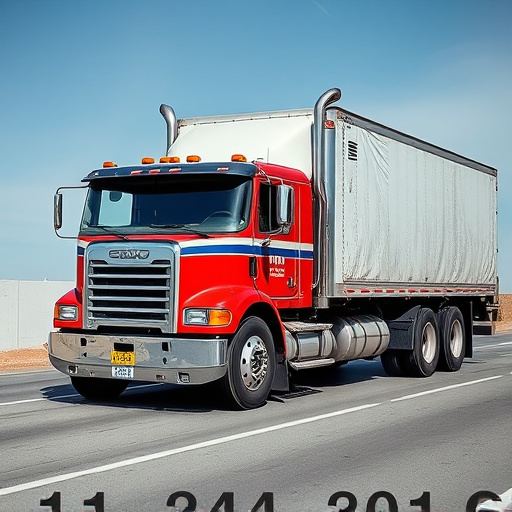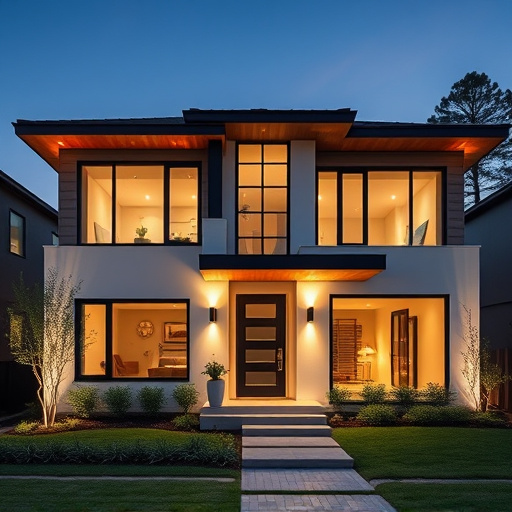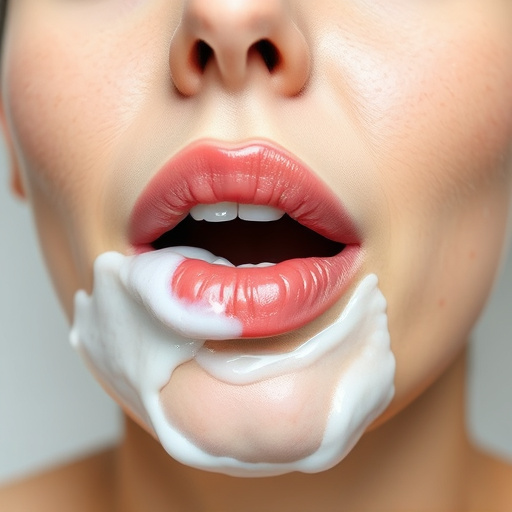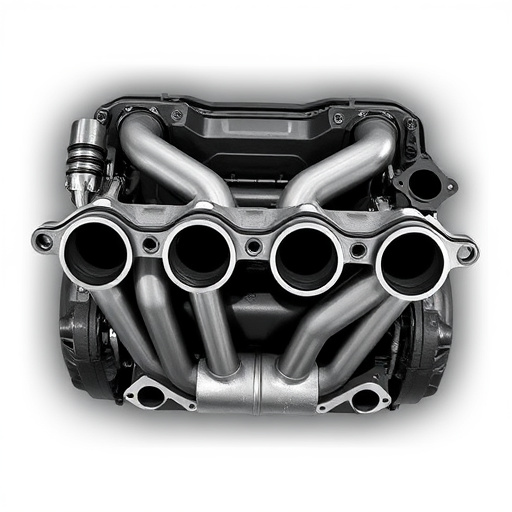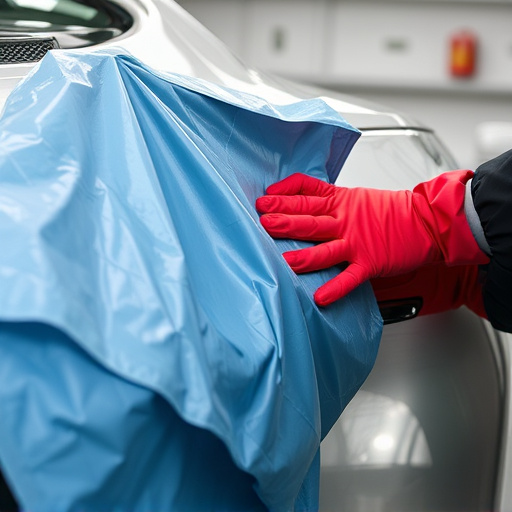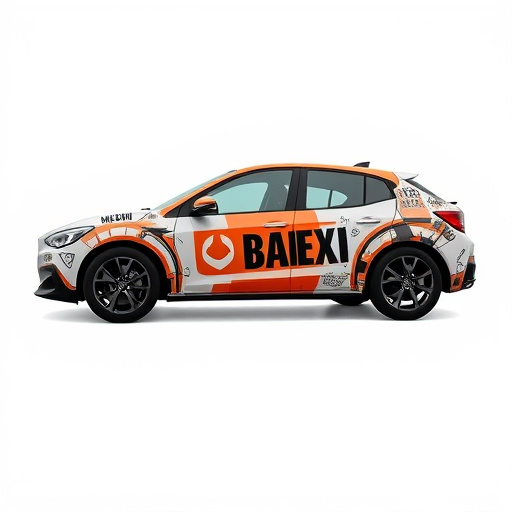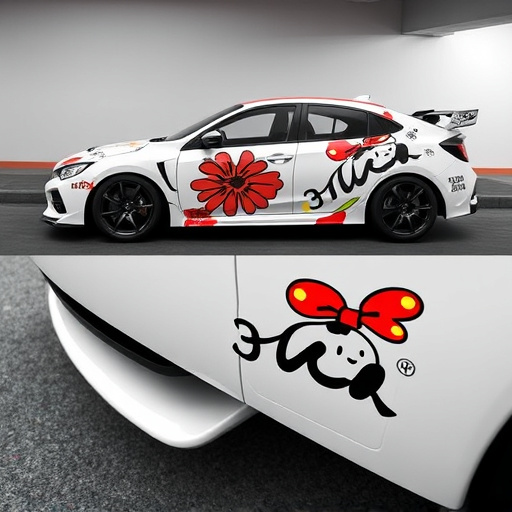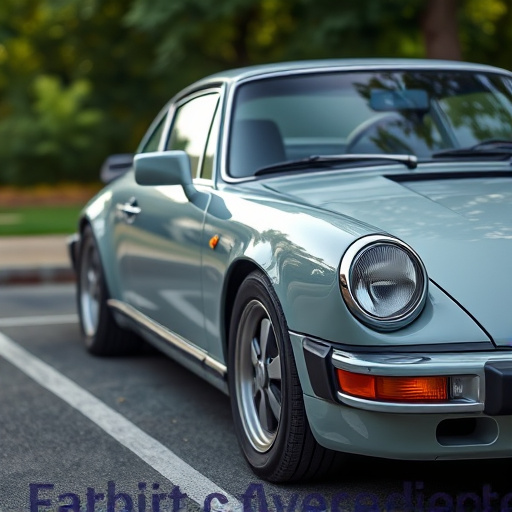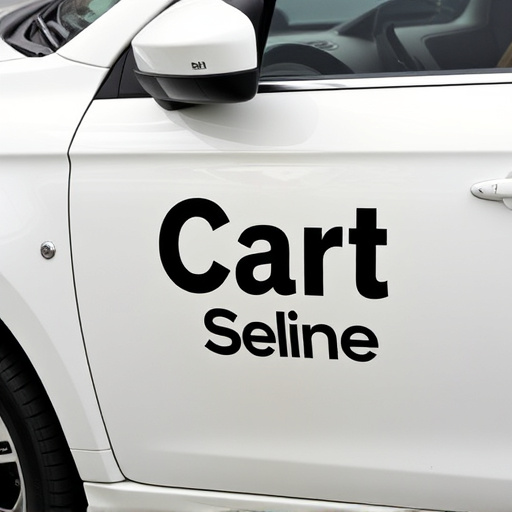Car graphic design combines brand identity and visual impact, using colors and elements to convey vehicle character. Bold lines and vibrant hues highlight power sports cars, while eco-friendly models use organic motifs. Add-ons like tinting and wraps enhance visibility and aesthetic appeal. Color psychology captures attention and conveys tranquility or energy. Dynamic elements and motion transform static vehicles, evoking strong emotions. Effective integration ensures modern automotive detailing stands out in a competitive market.
A standout car graphic design captures attention, conveys brand identity, and tells a compelling story. In this article, we explore three key elements that set exceptional car graphics apart. Discover how balancing brand identity with visual impact creates a cohesive and memorable design. Learn the power of color psychology to draw in viewers and evoke specific emotions. Finally, understand the role of dynamic elements and motion to bring static cars to life, making your vehicle’s graphics truly stand out on the road.
- Balancing Brand Identity and Visual Impact
- Harnessing Color Psychology for Attention
- Incorporating Dynamic Elements and Motion
Balancing Brand Identity and Visual Impact
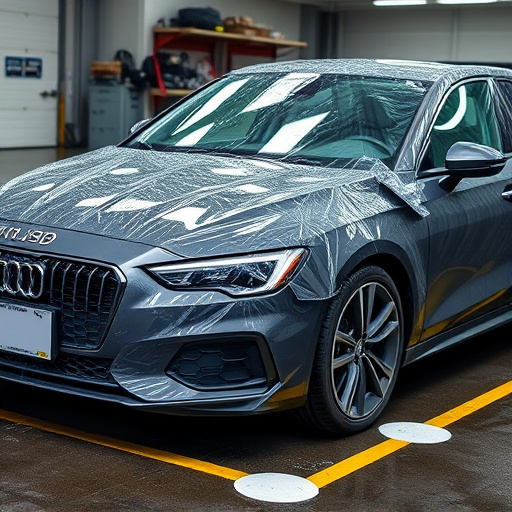
A successful car graphic design strikes a delicate balance between brand identity and visual impact. It’s not just about showcasing eye-catching aesthetics; it must also align with the vehicle’s make, model, and intended audience. For instance, a sports car aiming to exude power and agility should be designed with graphics that reflect speed and dynamism, possibly incorporating bold lines, vibrant colors, or even carbon fiber textures. Conversely, an eco-friendly model might opt for designs emphasizing sustainability through organic motifs, neutral tones, and messages promoting environmental consciousness.
Integrating elements like ceramic window tinting, heat rejection films, or vinyl wraps can enhance both brand identity and visual appeal. These add-ons not only protect the vehicle’s interior but also contribute to the overall aesthetic. For example, a tailored vinyl wrap can transform a car into a walking billboard, showcasing unique patterns or company logos. Heat rejection tinting adds a subtle yet significant layer of style while mitigating the sun’s harmful rays. Such strategic incorporations ensure that the car graphic design not only stands out but also communicates the vehicle’s core values effectively to onlookers.
Harnessing Color Psychology for Attention
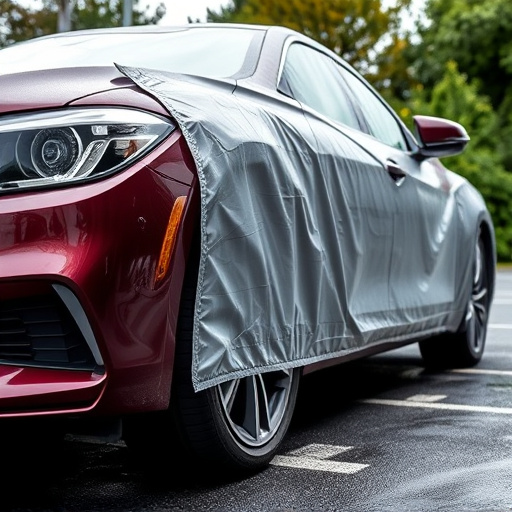
In the realm of car graphic design, understanding color psychology is a powerful tool to capture attention and make designs truly stand out. Colors have the unique ability to evoke emotions and influence perceptions, which can significantly impact how viewers interact with a vehicle’s visual appeal. For instance, vibrant shades like red and orange are known to grab instant notice, often associated with energy and excitement. On the other hand, calming colors such as blue and green can convey tranquility and reliability, making them ideal for showcasing sustainability and eco-friendly aspects of automotive products or services. By strategically choosing colors that align with the desired message or brand identity, graphic designers can enhance the overall impact of a car’s visual representation.
When it comes to creating memorable car graphics, considering color protection is equally essential, especially when promoting premium automotive services. UV protection, for instance, is a feature often associated with high-end vehicle care products. Incorporating this aspect into graphic design subtly yet effectively can attract customers seeking top-tier vehicle protection. By using colors that suggest durability and resistance to fading or damage from sunlight, designers can reinforce the value proposition of such services, ensuring the car’s graphics remain vibrant and visually appealing even under harsh environmental conditions.
Incorporating Dynamic Elements and Motion
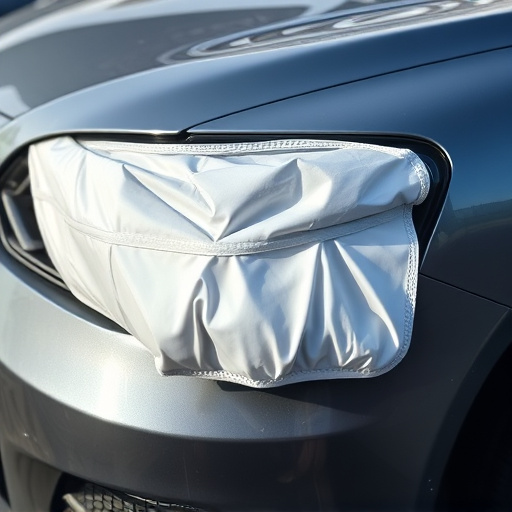
In the realm of car graphic design, incorporating dynamic elements and motion can transform a static vehicle into a captivating masterpiece that truly stands out. This involves using creative techniques to suggest speed, energy, or fluidity, even when the car is parked. For instance, sweeping lines, dramatic shadows, and subtle glows can emulate the sense of movement captured in high-speed photography. By integrating these elements effectively, designers can make a vehicle’s graphics pop, drawing the eye and evoking a strong emotional response from viewers.
Moreover, playing with perspectives and adding subtle animations can enhance the overall impact. A car wrapped with graphics that appear to flow around curves or a design that suggests a dynamic pose, as if ready to accelerate, can captivate onlookers. This approach not only elevates the aesthetic appeal but also reflects the cutting-edge nature of modern automotive detailing and paint protection film applications, ensuring the car graphic design remains fresh and memorable in a competitive market.
A standout car graphic design combines brand identity, visual appeal, and dynamic elements to create a memorable impact. By balancing these aspects, designers can harness color psychology to capture attention and convey brand essence effectively. Incorporating motion and unique creative elements takes the design from ordinary to extraordinary, ensuring it cuts through the noise in the automotive industry. These strategies empower car brands to communicate their values and stand out on the road and beyond.


